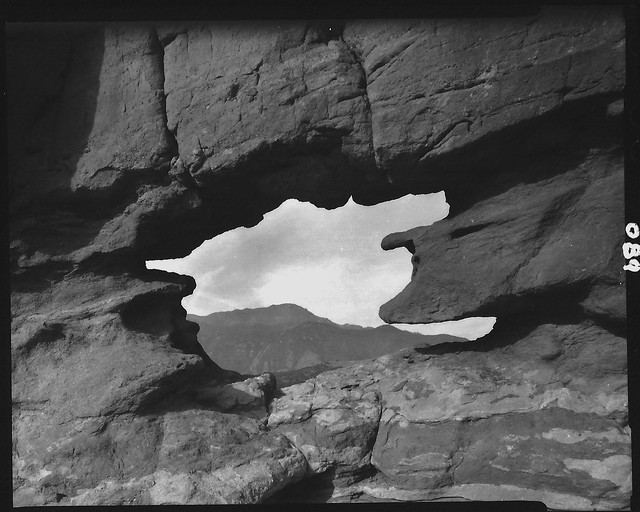CharlesDAMorgan
Veteran
After a month of low light and pushing, the weather has got a bit better and I've been able to expose some film at 250 with a view to developing in PMK Pyro. The skies in my new home are stormier, more interesting and lend themselves beautifully to the highlight tones that I've come to love in Pyro. This is Tmax 400 (which I love in pyro for sort of taking away a little of its modernity) straight out of the scanner with no tweaking, so good was the negative.
The Earl's folly at Mount Edgcumbe, with Plymouth Sound, Drake's Island and the Hoe behind.

The Earl's folly at Mount Edgcumbe, with Plymouth Sound, Drake's Island and the Hoe behind.















